By Louise Irvine
The latest Lladró addition to our Carnival & Cabaret exhibition has inspired us to reminisce about childhood visits to the circus during the Holidays. Who can remember the roar of the crowds, the thrill of daredevil aerial acrobats and the antics of the clowns?
A troupe of clowns enter the ring in Circus Time by Antonio Ramos and an elegant white clown gestures to the children in the audience to be quiet and not let the cycling clown know that his partner is standing on his coattails. Ridiculous slapstick clowns with their oversized mismatched clothes were an integral part of circus interludes and they needed to be as skillful as the acrobats and jugglers in order to parody them.
The famed British clown Whimsical Walker began performing at the age of 8 and was a proficient equestrian, tumbler, and ropewalker before becoming a clown. He was the subject of a painting by Dame Laura Knight in 1928 as well as ceramic figures by Charles Vyse, who was a frequent visitor to the annual circus in London during the 1930s. Read more in the Circus Dreams Highlights article.
Emmett Kelly, America’s most famous clown, was a trapeze artist and white-faced clown before creating his Weary Willie hobo character, which he performed at the Ringling Bros. and Barnum & Bailey Circus between 1942 and 1956. Weary Willie was portrayed as a prototype character jug by Bill Harper for Royal Doulton in 1989 but it was never put into production.
Circus clowns have been popular subjects for European pottery and porcelain artists as can be seen in the examples by Royal Doulton, Meissen and Lladro which are featured in our Send in the Clowns Highlights article. Circus performances have changed dramatically this century with the end of the Big Top and animal acts, but the mesmerizing acrobatics and the spangled costumes continue in modern-day extravaganzas such as Cirque du Soleil, which captivates audiences around the globe.
-
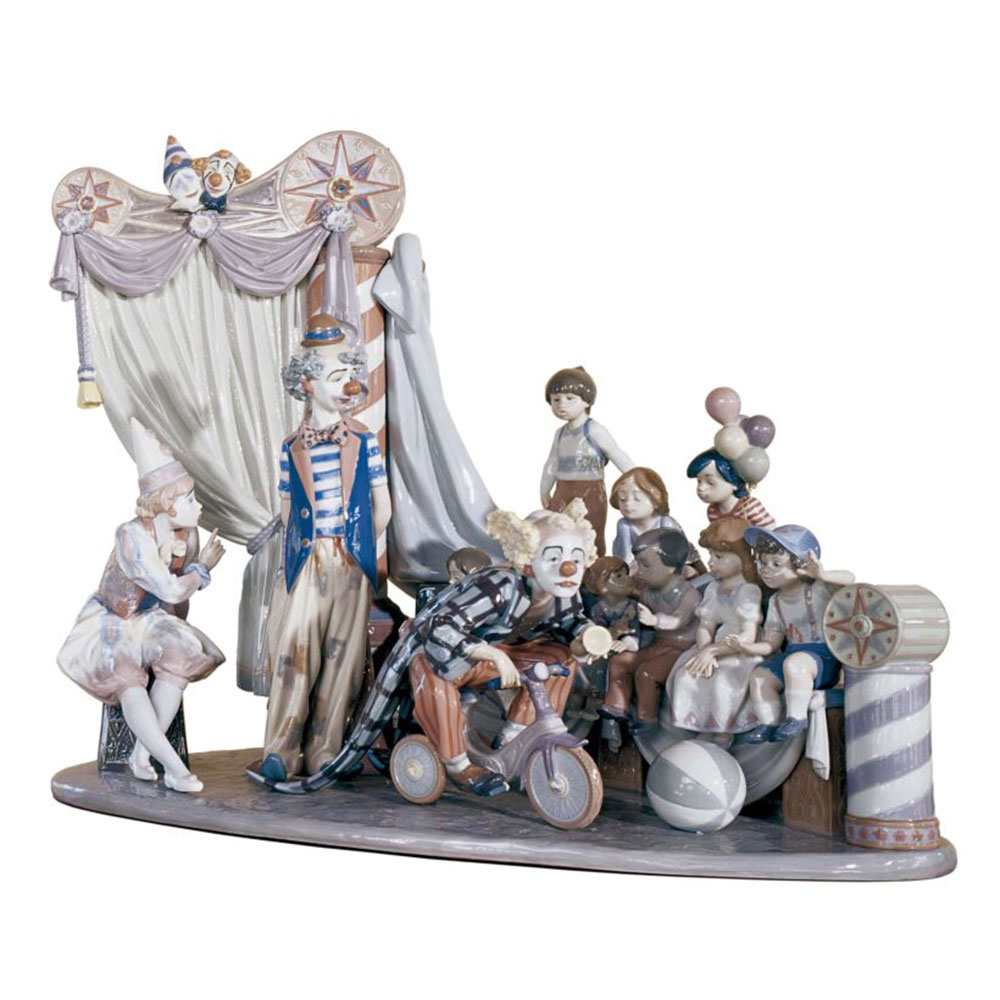
Lladro Circus Time
-
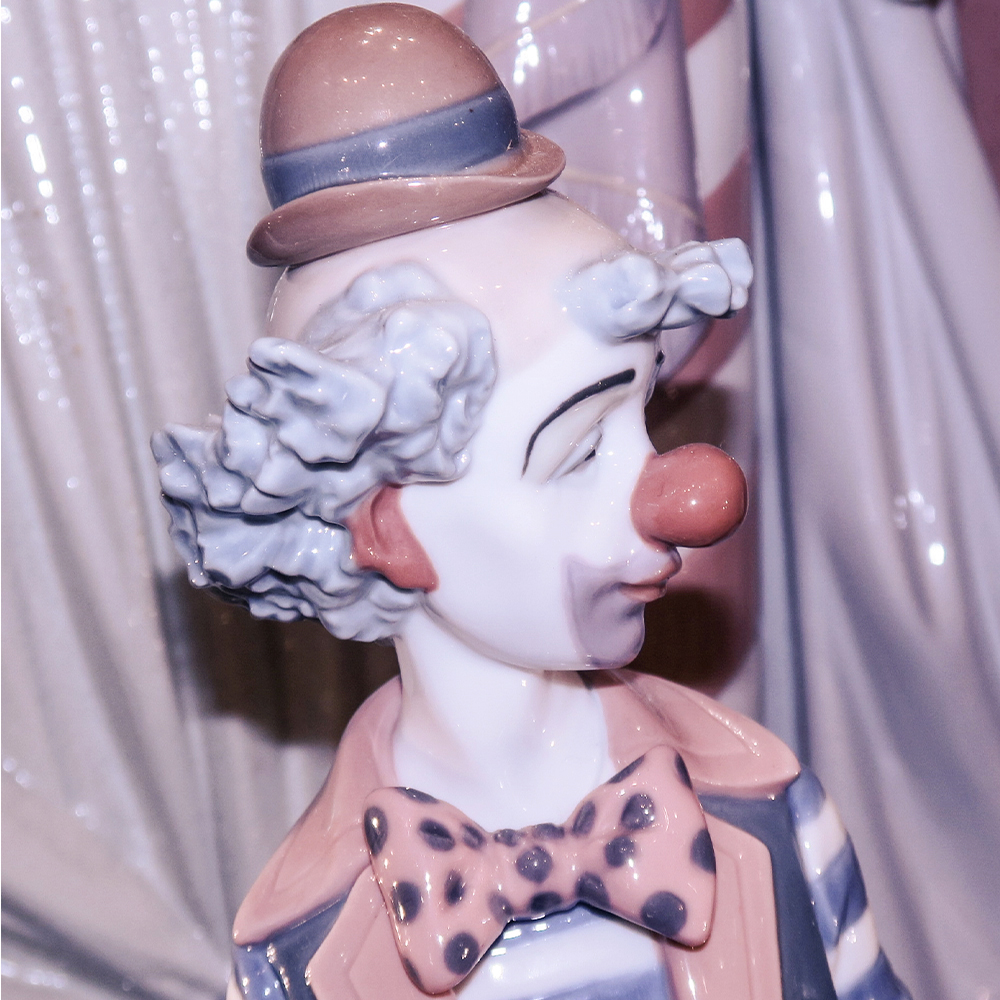
Lladro Circus Time detail
-
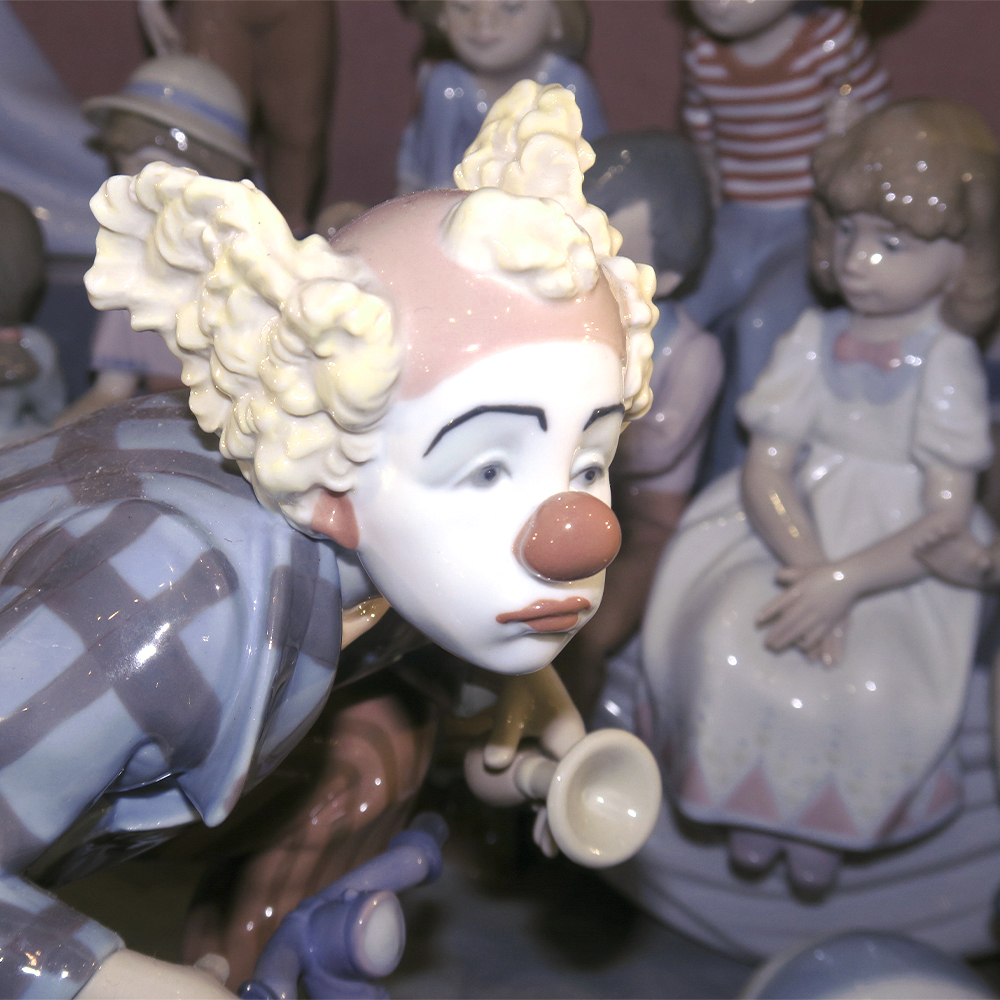
Lladro Circus Time detail
-
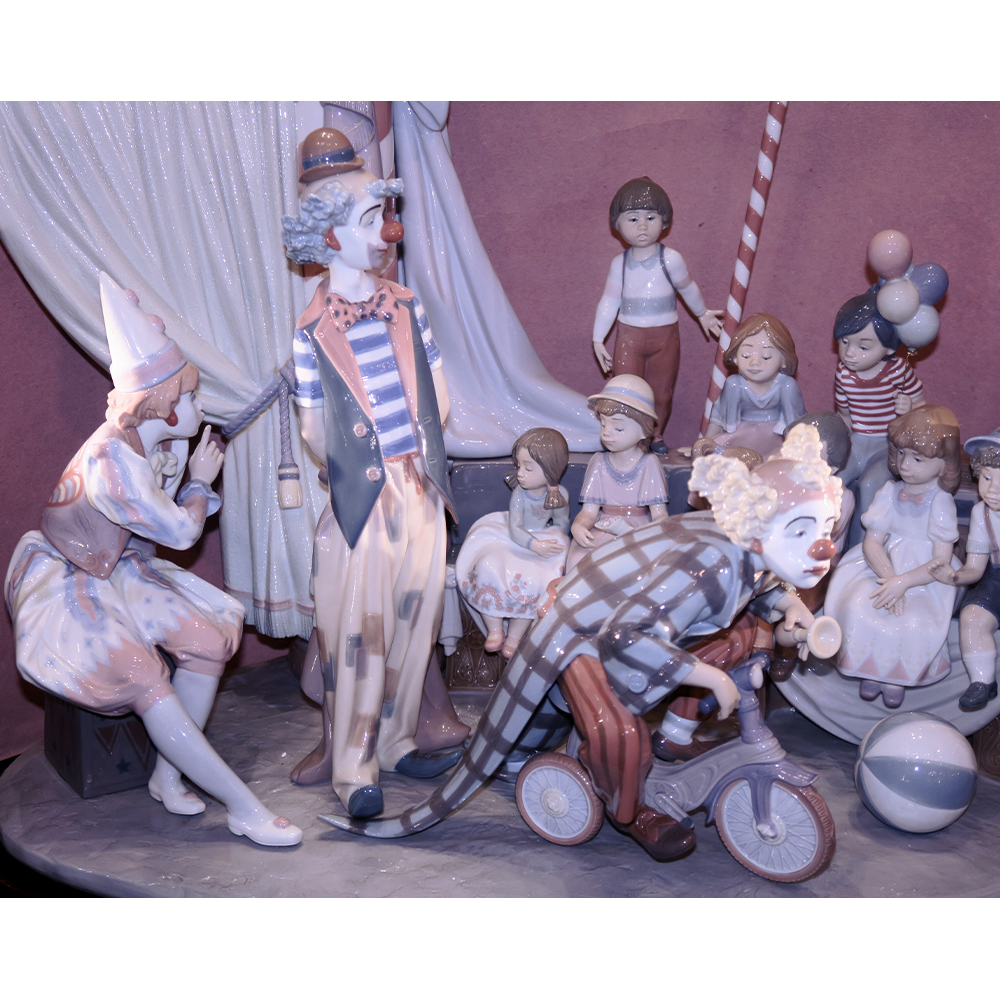
Lladro Circus Time detail
-
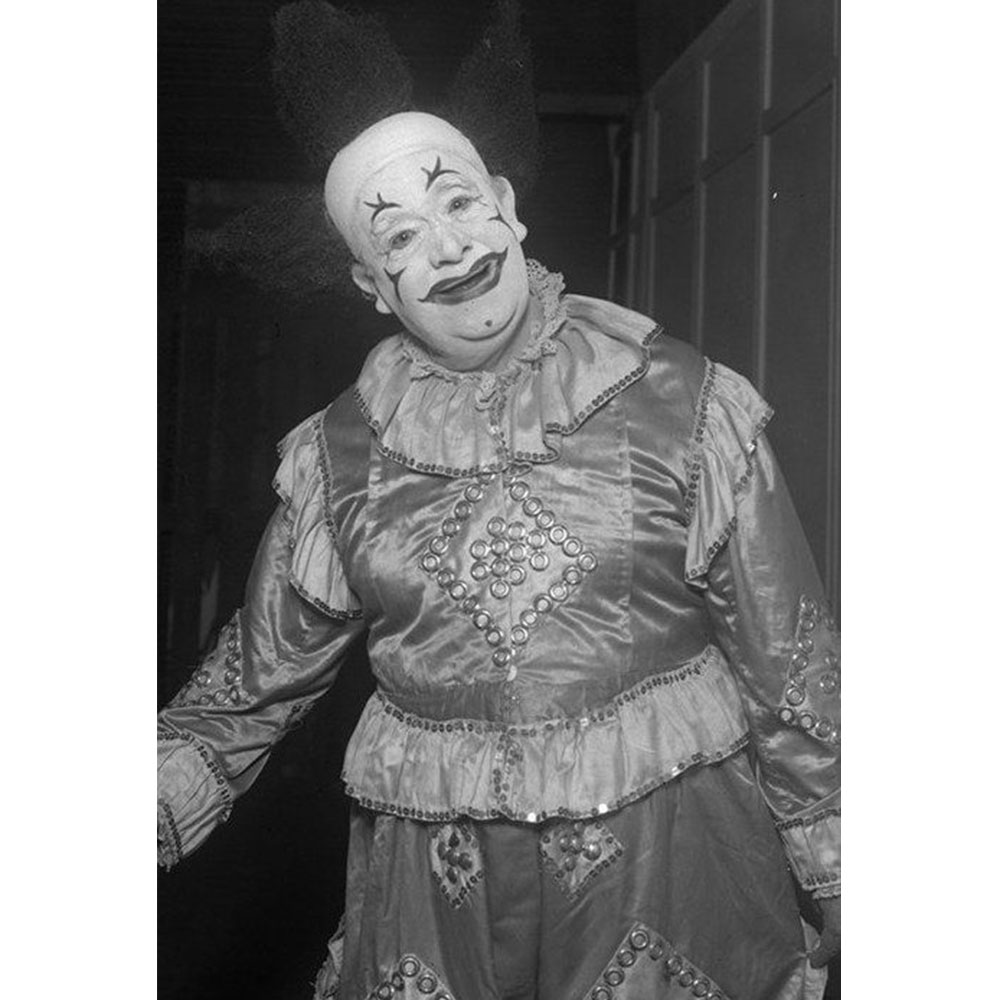
Whimsical Walker
-
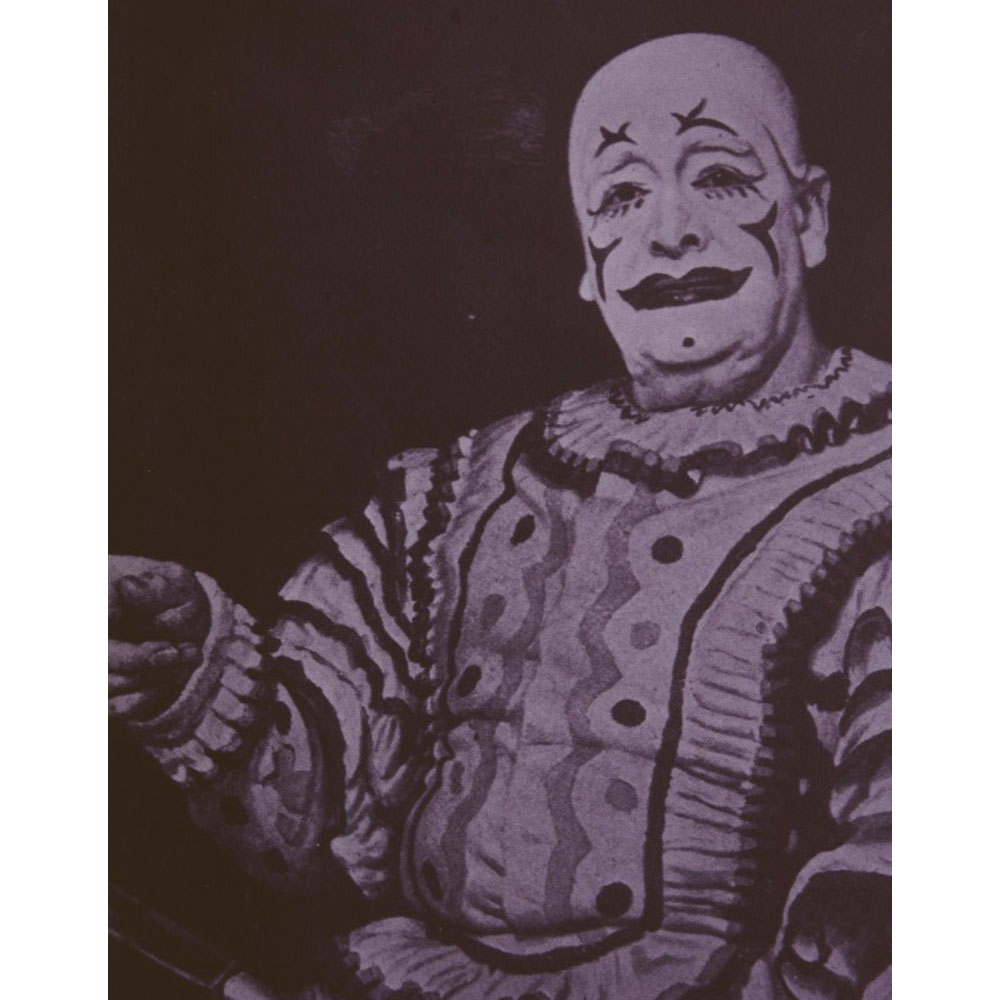
Whimsical Walker
-
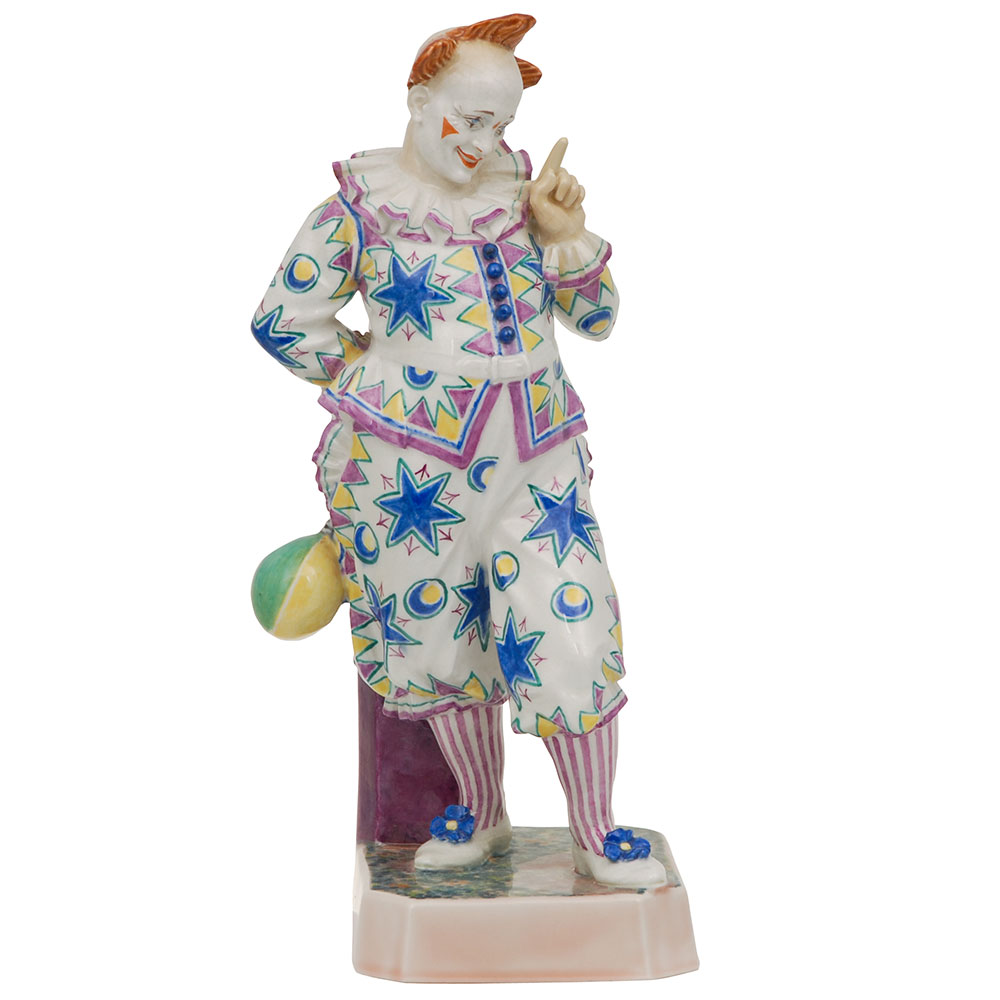
Clown by C. Vyse
-
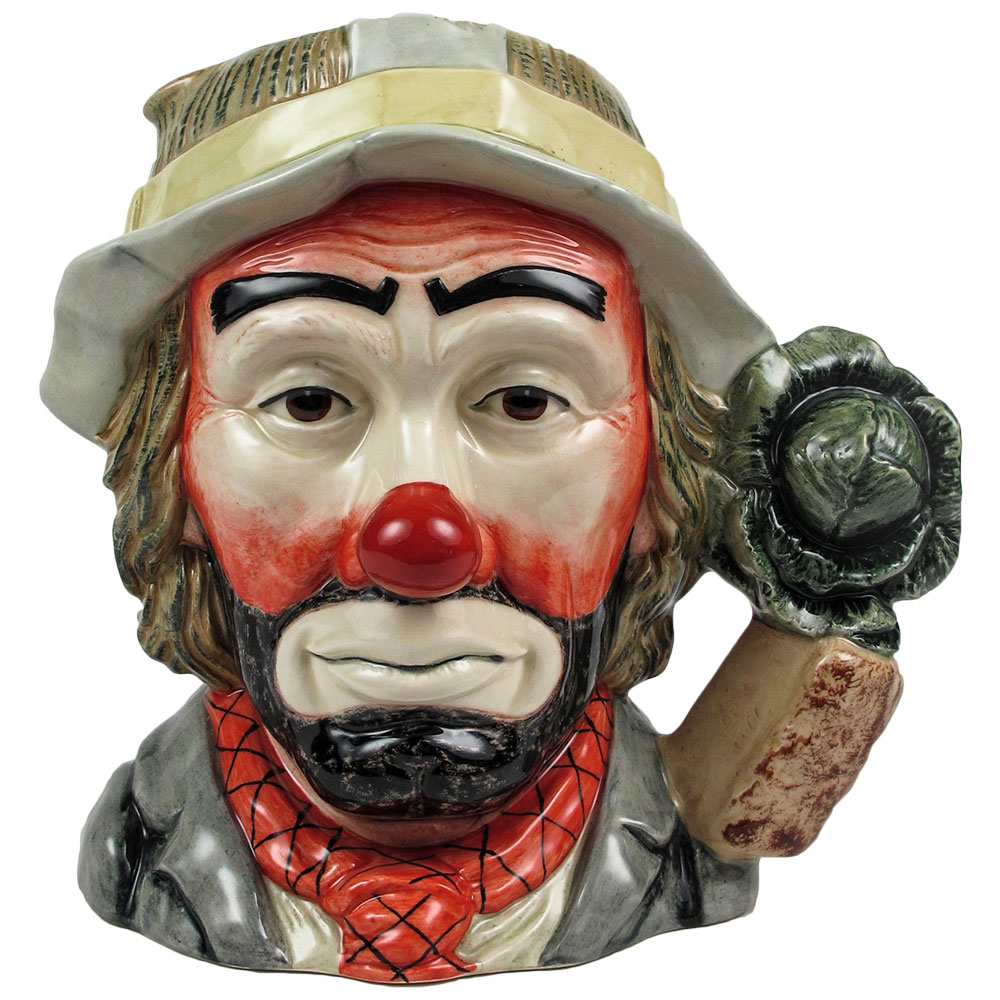
Royal Doulton Emmett Kelly Jug
-
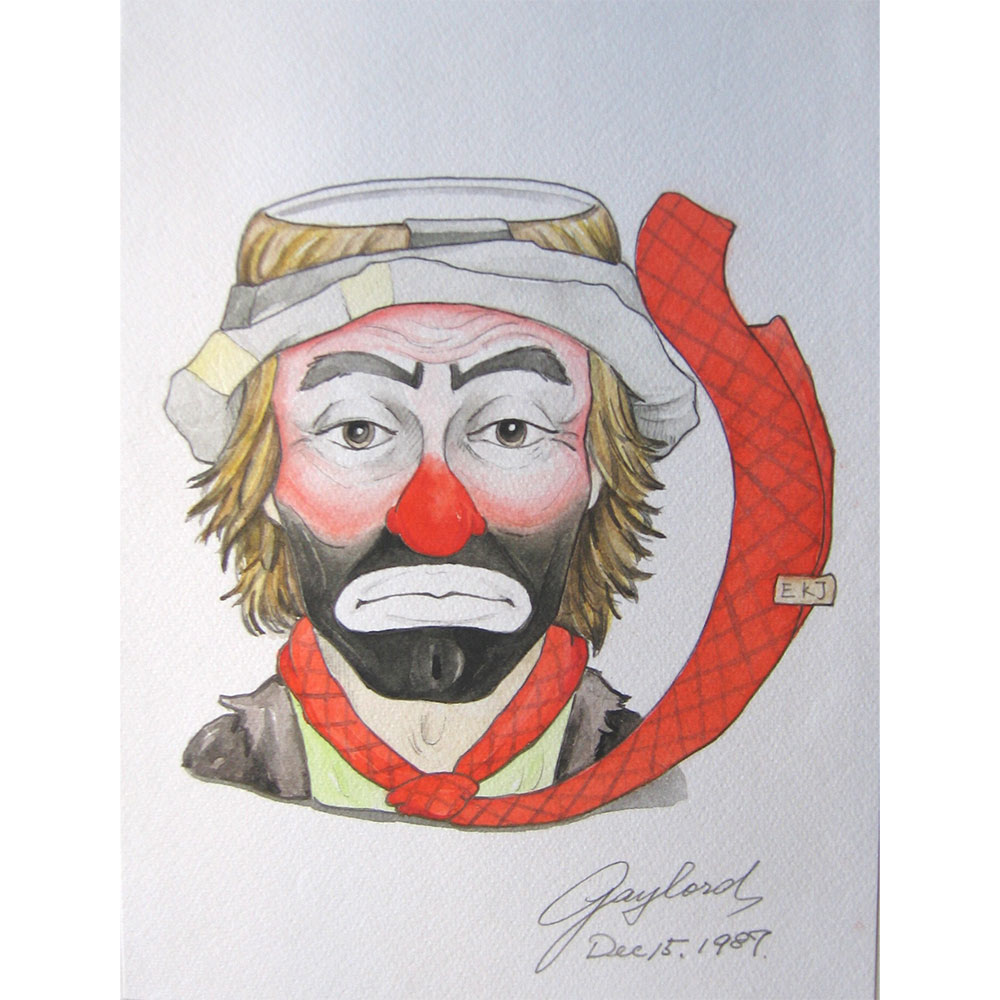
Royal Doulton Emmett Kelly Jug Illustration by W. K. Harper
-
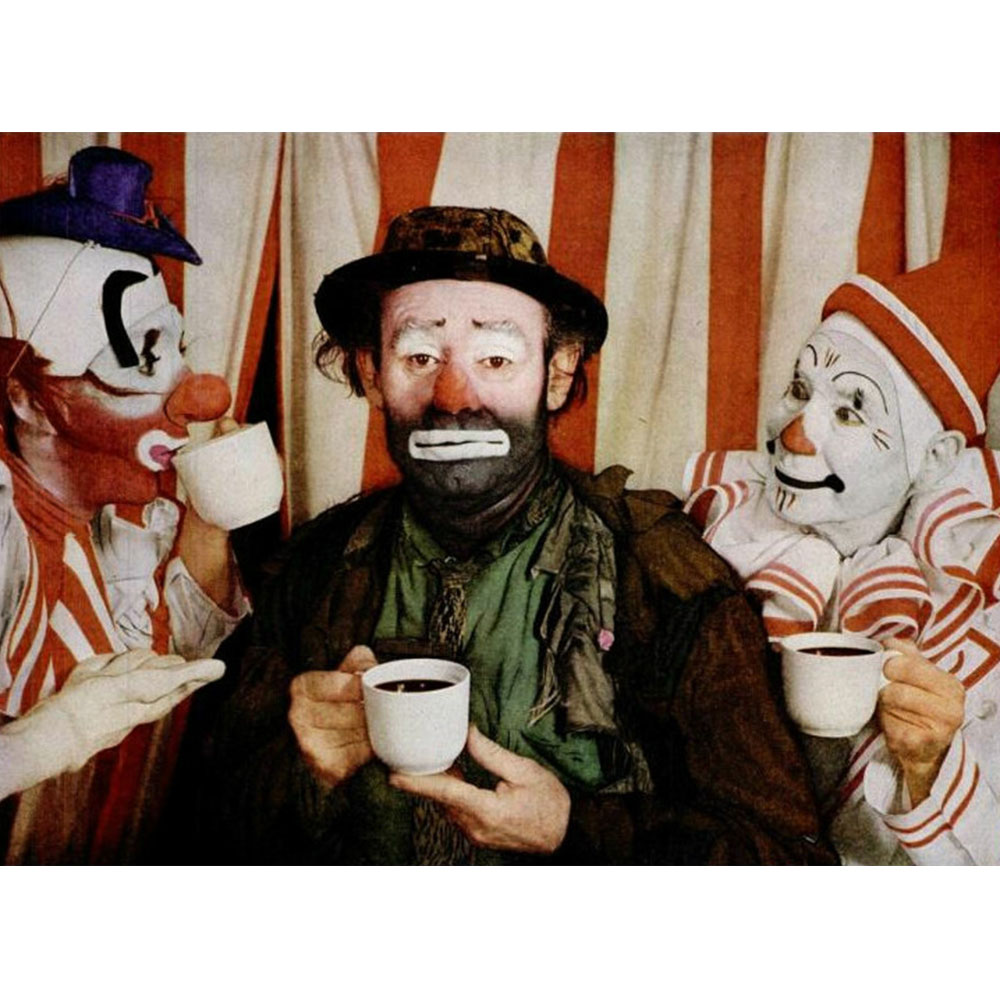
Emmett Kelly
-
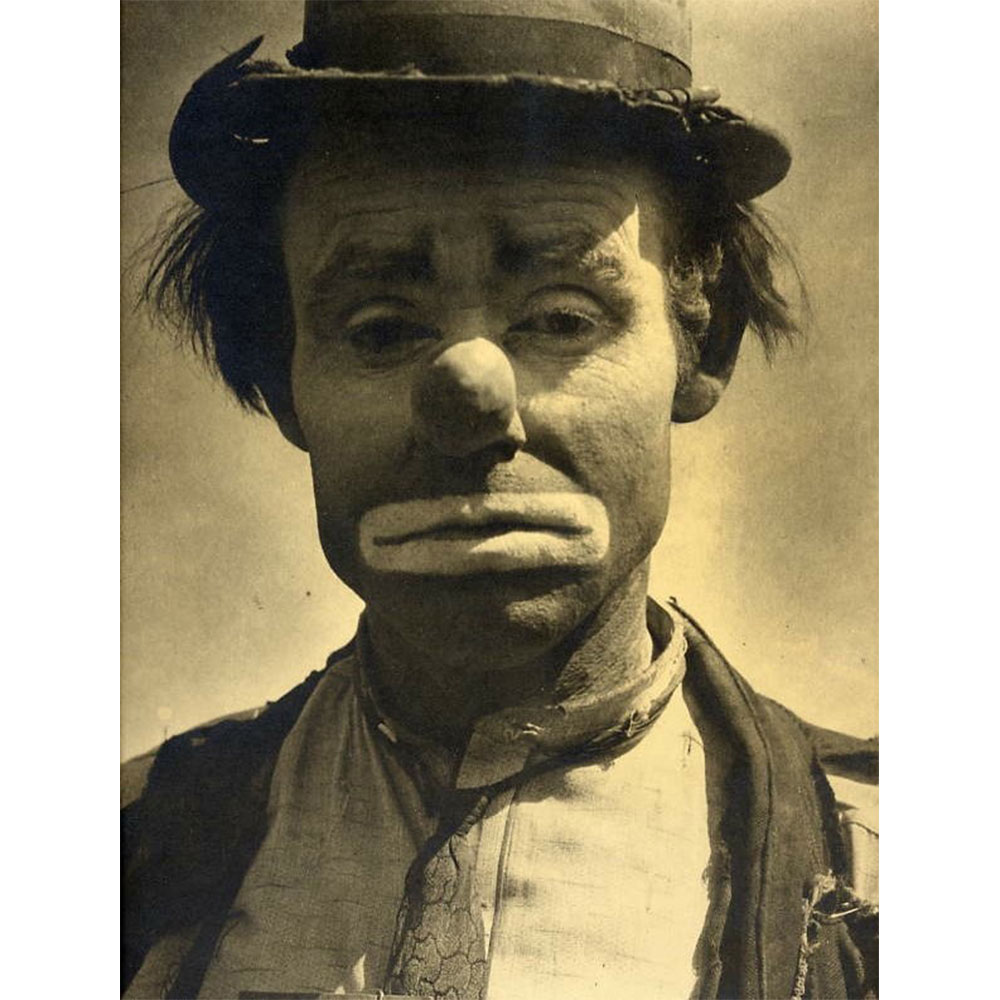
Emmett Kelly
-
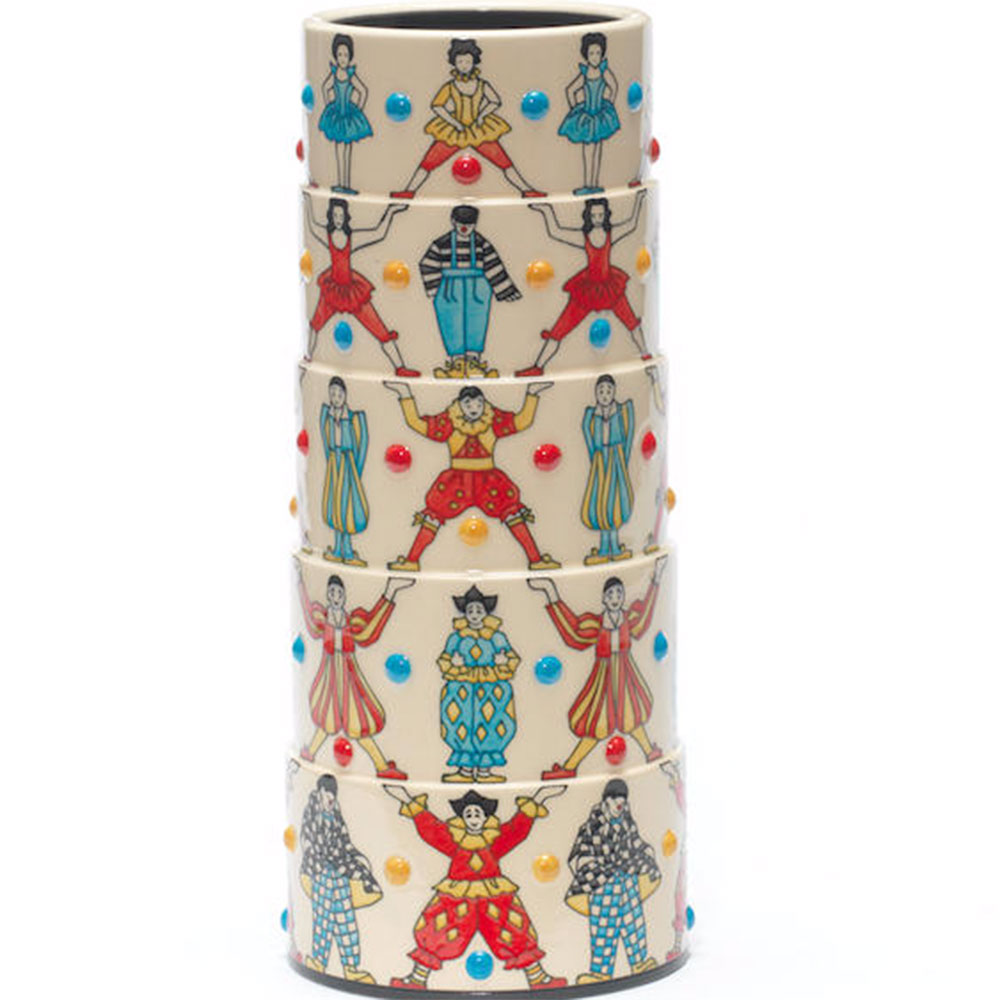
Dennis Chinaworks Acrobats by S. Tuffin
